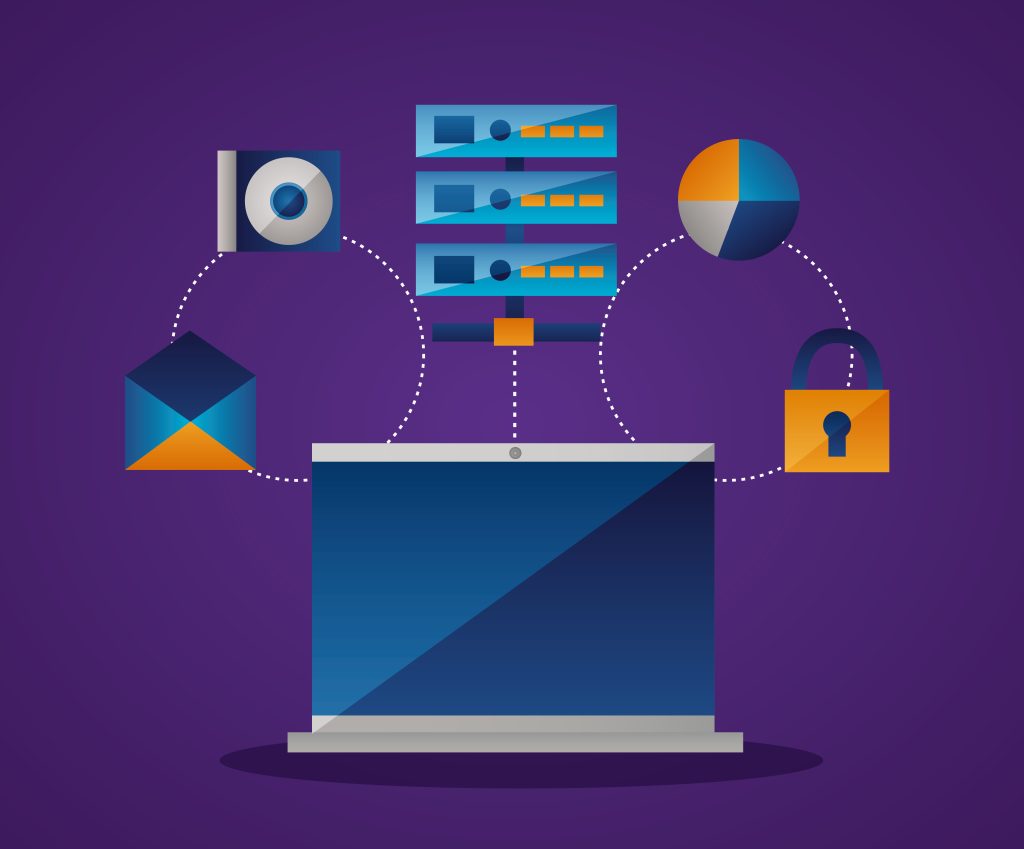Data-driven campaigns, driven by a martech stack, a combination of marketing tools that automate, analyze, and scale operations, are crucial for marketers in today’s hyper-digital environment. However, there is a greater risk of cybersecurity issues as digitization continues to increase. It is more important than ever to safeguard client and business data within your stack as cyber threats change.
Here are five updated cybersecurity tips to protect your martech stack from modern cyberattacks in 2025:
Vet Third-Party Tools With a Security-First Mindset
Before adding any new platform to your stack, CRM, email automation, analytics, or generative AI tools, evaluate its security standards.
- Review the SLA & DPA: Look beyond features and assess the Service-Level Agreement (SLA) and Data Processing Agreement (DPA). Ensure data ownership, breach response responsibilities, and liability clauses are clearly defined.
- Verify Compliance & Certifications: In 2025, ISO 27001, SOC 2 Type II, and GDPR/CCPA compliance are minimum benchmarks. If you’re dealing with customer data, HIPAA (for health) and CPRA (in California) may also apply.
- Check for Data Segmentation: Modern martech tools should store customer data in isolated environments to minimize risk in case of a breach. Avoid platforms that pool user data without strict partitioning.
Suggestion: Favor vendors that publish real-time security status dashboards and conduct regular third-party audits.
Use AI-Powered Penetration Testing and Vulnerability Scanners
Penetration testing is no longer a once-a-year IT task. In 2025, AI-powered pentesting tools are mainstream, enabling continuous threat detection and mitigation.
Top Tools to Consider:
- Pentera or HackerOne GPT for autonomous penetration testing.
- Intruder for cloud-based vulnerability scans.
- Specops Password Auditor to enforce strong password hygiene across teams.
- WPScan or Patchstack for WordPress-based marketing sites.
Ensure your tools run scans regularly, especially after onboarding new martech software or plugins.
Enforce Role-Based Access and Zero Trust Principles
In a distributed work environment, unrestricted access is a cyberattack waiting to happen. Adopt Zero Trust Architecture (ZTA) and role-based access control (RBAC) to safeguard critical systems.
Best Practices:
- Use Multi-Factor Authentication (MFA) across all platforms.
- Regularly audit user access, especially when employees leave or roles change.
- Assign platform-specific access rather than shared logins. Use password managers like 1Password or Bitwarden Teams for credential handling.
- Apply Just-In-Time (JIT) access for sensitive tools, granting access only when needed, for limited periods.
According to a recent survey, over 88% of breaches involved compromised credentials. Tight access control is your first line of defense.
Develop & Drill Cyber Incident Response Plans
No system is 100% immune. The real differentiator is how quickly and effectively your team can respond to an attack.
- Build a clear response plan for your martech stack, assigning roles for communications, investigation, customer notifications, and data recovery.
- Simulate attacks quarterly with tabletop exercises or phishing simulations. Use tools like Cofense or AttackIQ to test readiness.
- Maintain encrypted, off-site backups of essential martech configurations, customer data, and campaign files.
Whether it’s a phishing attempt or a DDoS attack, practiced responses reduce chaos and potential reputational damage.
Keep Customers Informed & Educated
Attackers often target customers by impersonating brands, especially via email or social media. Protect your customers and your brand image by staying transparent and proactive.
What to Do:
- List official email domains and verified social handles on your website.
- Utilize DMARC, SPF, and DKIM protocols to safeguard your domain against email spoofing in campaigns.
- Encourage customers to use 2FA when logging into their accounts or dashboards.
- Send periodic security update emails and awareness tips (e.g., how to identify a phishing email from a fake brand account).
Proactive education builds customer trust and acts as an additional shield against impersonation scams.
By 2025, cybersecurity will not be solely the responsibility of the IT department. Since martech tools are ingrained in all marketing processes, protecting your stack needs to be a top marketing responsibility. You can reduce the chance of disruptions and safeguard what really matters, your brand, your data, and your customers’ trust, by selecting security-first providers, implementing access control, employing intelligent testing tools, and being ready for anything.


